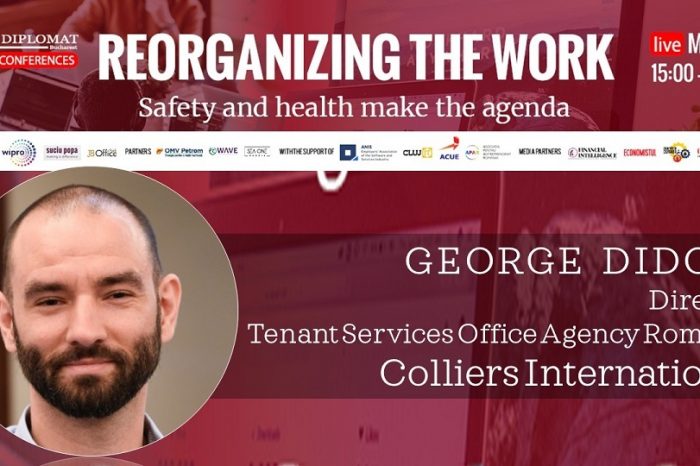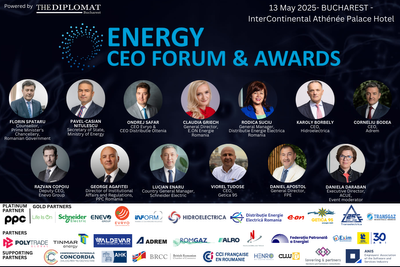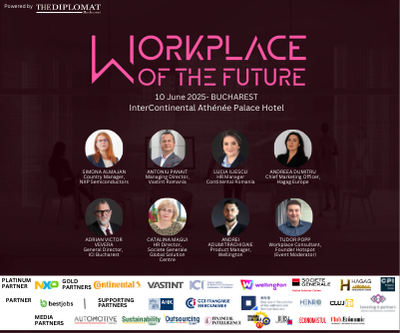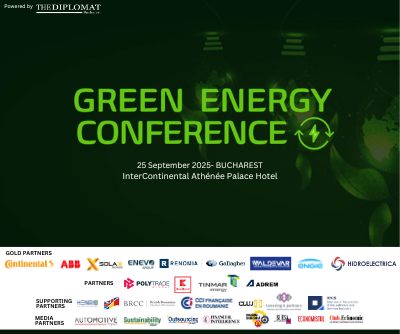Colliers: The offices of the future: collaboration, energy, and talent attraction at the Ideal 50 – 85% occupancy rate
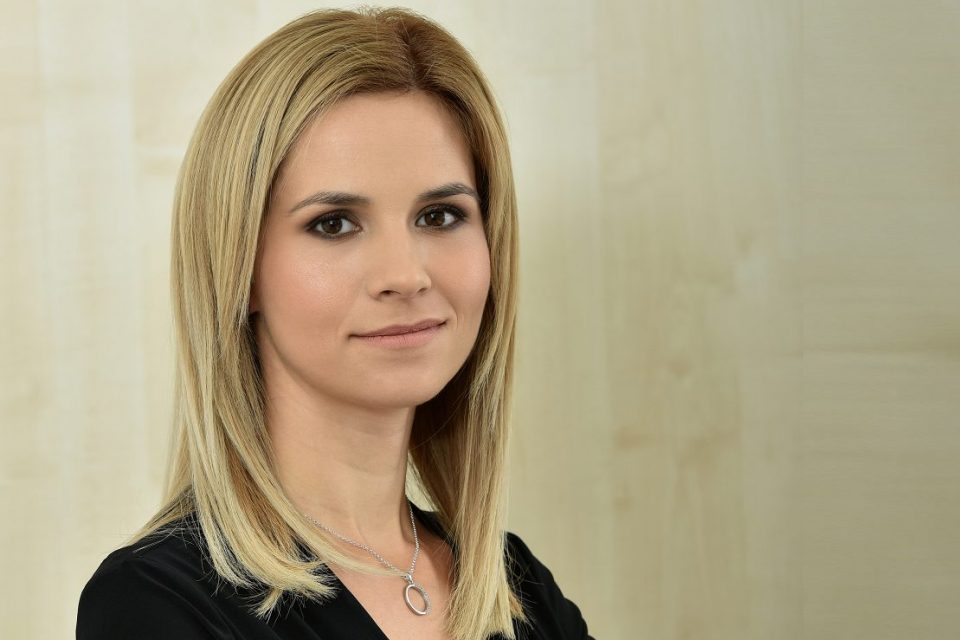
After four years of major changes in the way we work, physical presence in the office remains well below pre-pandemic levels. Eighty-three percent of the time, less than half of employees are in the office at the same time, according to Colliers’ recent report “Transforming Offices into Magnets for Talent”, which analysed data from 144 offices around the world, including Romania. This limited presence has a direct impact on collaboration, communication between colleagues and the ability of companies to maintain a strong corporate culture. Colliers consultants stress that it’s not enough to have an office – it’s more important how it’s used and the role it plays in employees’ working lives. The workspace needs to be part of the routine, have a clear purpose and add value to the daily experience. Otherwise, people won’t really feel the need to come back.
An office becomes truly vibrant when it is between 50% and 85% occupied, the ideal range for creating a balance between activity, interaction and workspace flexibility. Below this threshold, the office risks becoming a ‘quiet’ place, lacking energy, dynamism and human connection – the very elements that define a space where people work together, according to Colliers’ latest report. In such conditions, employees are less likely to physically return to the office, and the space loses its role in supporting collaboration and a sense of belonging. According to Colliers, what makes an office relevant is not just how many people use it, but how they use it, at what times and for what purpose.
“Employees don’t return to the office out of obligation, but when they feel their physical presence adds value through authentic interactions, an environment that supports effective work, or opportunities to learn and collaborate. An empty office does not create culture. For physical space to become a catalyst for collaboration, it requires constant presence and visible activity. In the second half of 2024, we’ve noticed a clear trend: although office attendance is slowly increasing, people are choosing to stay longer on the days they do come in. They are no longer coming in to clock in, but to engage in meaningful activities such as brainstorming, team meetings, learning sessions or projects where direct interaction makes a difference. This shift reflects a growing need for the office to answer the essential question of the modern employee: “Is it worth coming into the office today? Fortunately, there are clear solutions to incentivise return without mandating it. We recommend that companies rethink office space not just as a place to work, but as a destination that fosters collaboration, creativity and connection, spaces where being present becomes a natural choice, not a dictated requirement”, explains Daniela Popescu, Director | Tenant Services & Workplace Advisory at Colliers.
The single most important factor in getting people back into the office is having a workstation from which to work that day. This simple but essential element can increase physical presence by up to 1.3 days per week. Similarly, a clear routine with a stable and predictable hybrid schedule contributes to a consistent return to the office, adding an average of 1.1 days per week. Another – key – element is communication from the line manager. If he or she clearly expresses the expectation that the team will work away from the office, employees tend to respond positively, increasing attendance by an average of 0.9 days per week.
Instead, traditional perks such as a free meal, good coffee or other treats no longer play a major role in employees’ decisions to return to the office. What really influences attendance are practical issues such as how easy it is to get to the office, work-life balance or how well they can work from home. In other words, employees will return to the extent that the office experience is better than what they already have at home. That’s why Colliers is recommending that companies rethink the role of office space, seeing it not just as a place to work, but as a true environment that supports communication, stimulates innovation and fosters genuine interpersonal relationships. They must become places where people choose to be, not where they feel obliged to be.
To make offices places where people actually want to be, Colliers encourages office redesign around the real needs of teams. Spaces that support collaboration, interaction and flexibility are increasingly in demand. In a context where success is no longer measured by how many people fit into a space, but by how well they work together, smart office design is becoming a key competitive advantage for companies that want to attract and retain valuable employees.
In Romania, more and more companies are rethinking the way they use office space, say Colliers consultants. In a changing market, where a balance must be struck between cost, flexibility and organisational culture, the physical office can remain a key element of corporate identity if used wisely. Not as an imposed obligation, but as a place where employees choose to come because they feel it offers them value, connection and real support in their day-to-day work.
According to data from the property management division of Colliers, the market leader in Romania with a portfolio of more than half a million square metres of office buildings, the average office occupancy rate has already exceeded 50% by 2024, but is still well below pre-pandemic levels.
To respond to the new needs of businesses and employees, Colliers’ Workplace Advisory service offers specialised support in rethinking the workplace. Through an integrated, business-driven approach, the Colliers team helps create spaces that foster collaboration, flexibility and well-being, adapted to today’s hybrid working realities..
About Colliers Colliers (NASDAQ, TSX: CIGI) is a global diversified professional services and investment management company. Operating through three industry-leading platforms – Real Estate Services, Engineering, and Investment Management – we have a proven business model, an enterprising culture, and a unique partnership philosophy that drives growth and value creation. For 30 years, Colliers has consistently delivered approximately 20% compound annual returns for shareholders, fuelled by visionary leadership, significant inside ownership and substantial recurring earnings. With nearly $5 billion in annual revenues, a team of 23,000 professionals, and more than $100 billion in assets under management, Colliers remains committed to accelerating the success of our clients, investors, and people worldwide.




